This course introduces fundamentals concepts related to artificial intelligence (AI), and the services in Microsoft Azure that can be used to create AI solutions. The course is not designed to teach students to become professional data scientists or software developers, but rather to build awareness of common AI workloads and the ability to identify Azure services to support them. The course is designed as a blended learning experience that combines instructor-led training with online materials on the Microsoft Learn platform (https://azure.com/learn). The hands-on exercises in the course are based on Learn modules, and students are encouraged to use the content on Learn as reference materials to reinforce what they learn in the class and to explore topics in more depth.
Associated Certification:
- Microsoft Certified: Azure AI Fundamentals ( AI-900T00–A)
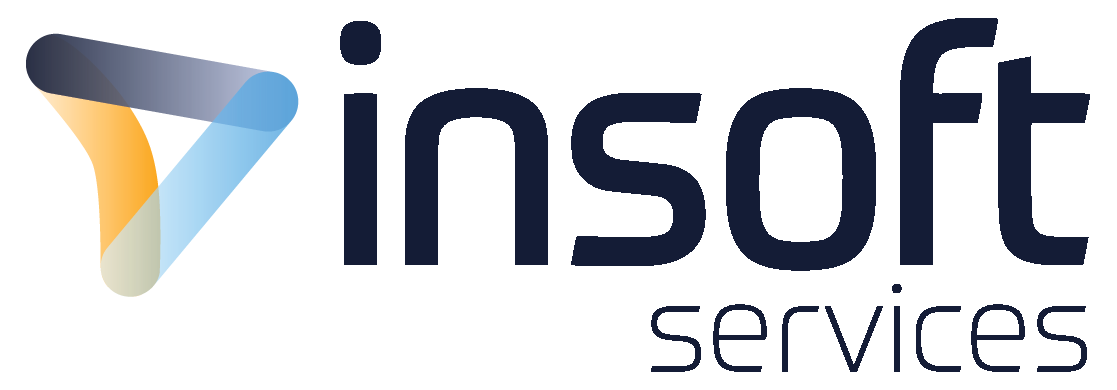
 Finland
Finland Germany
Germany Denmark
Denmark Sweden
Sweden Italy
Italy Netherlands
Netherlands Norway
Norway 


















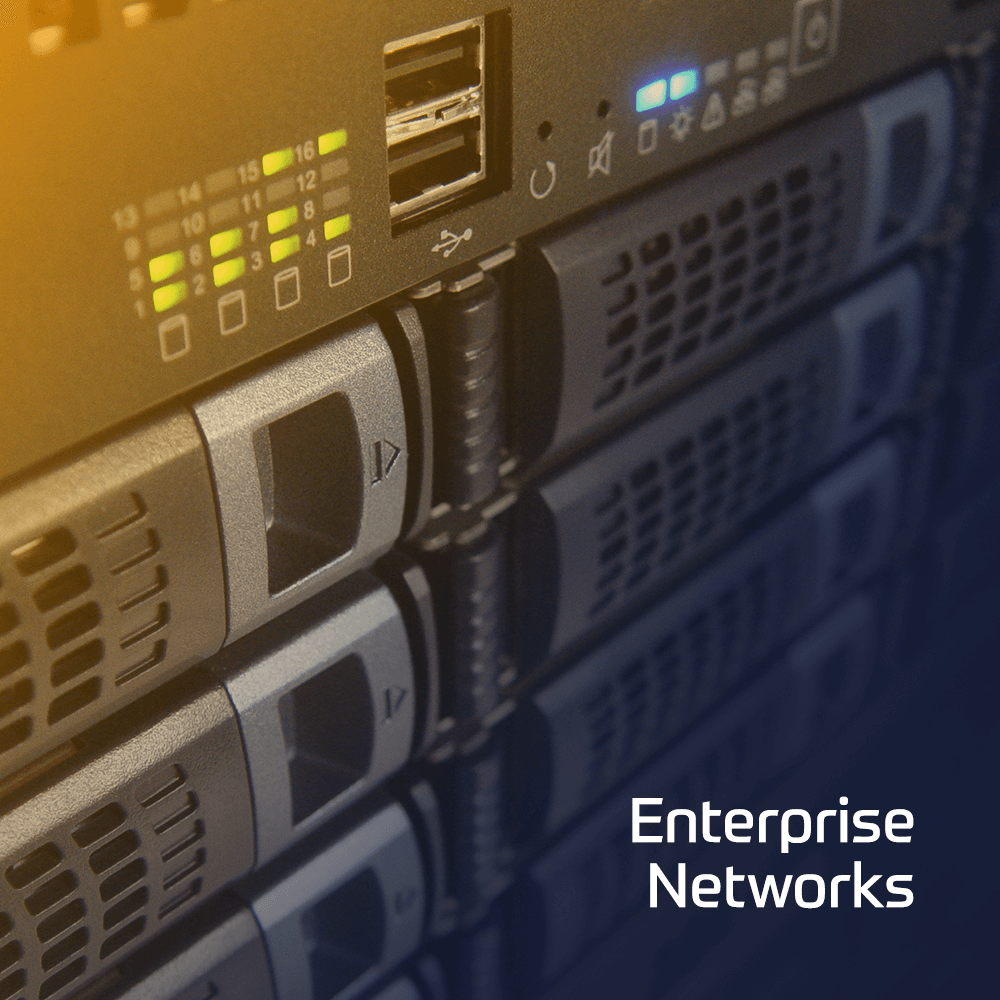
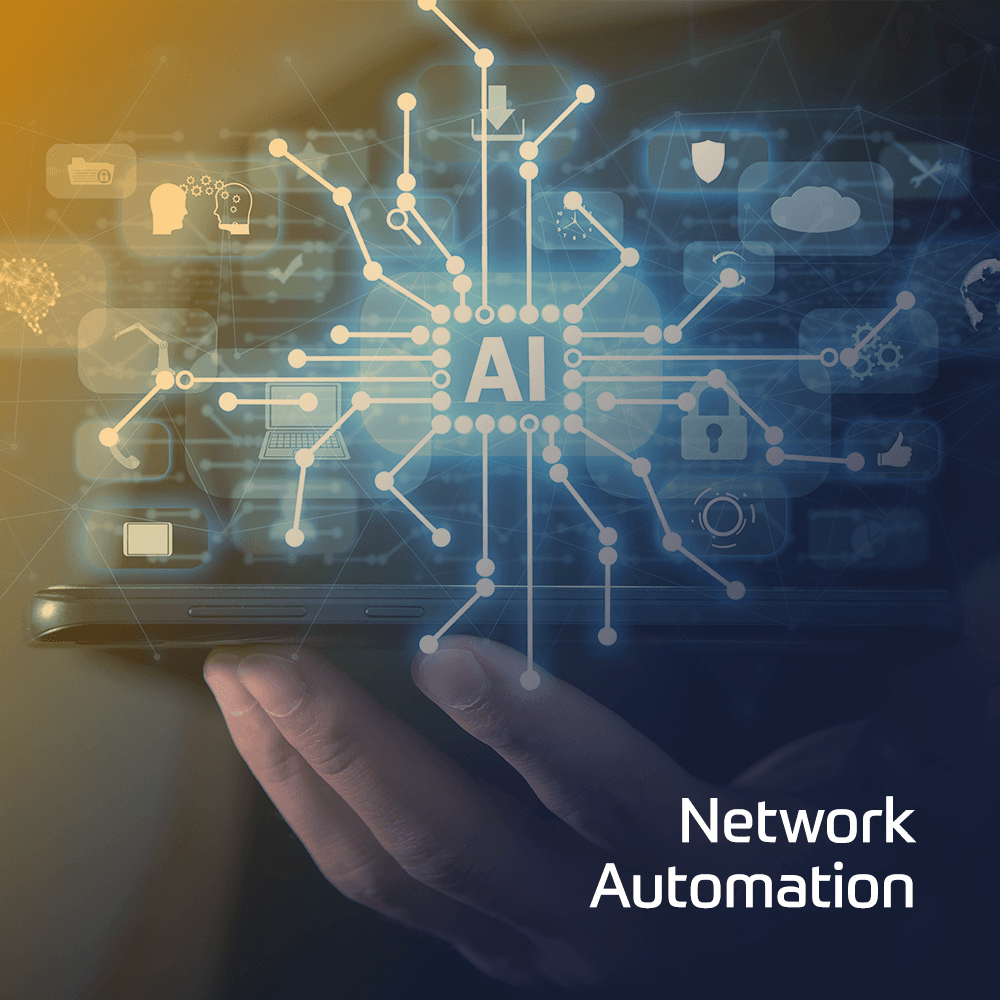
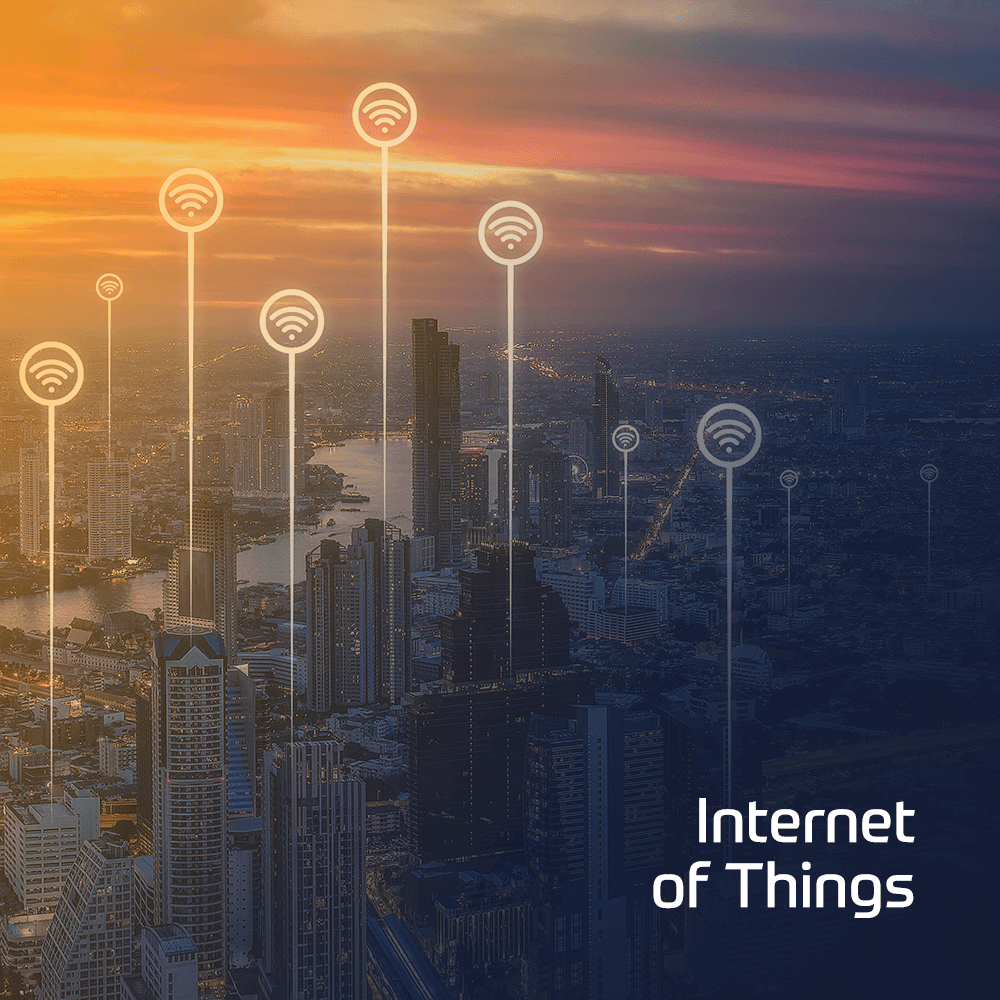


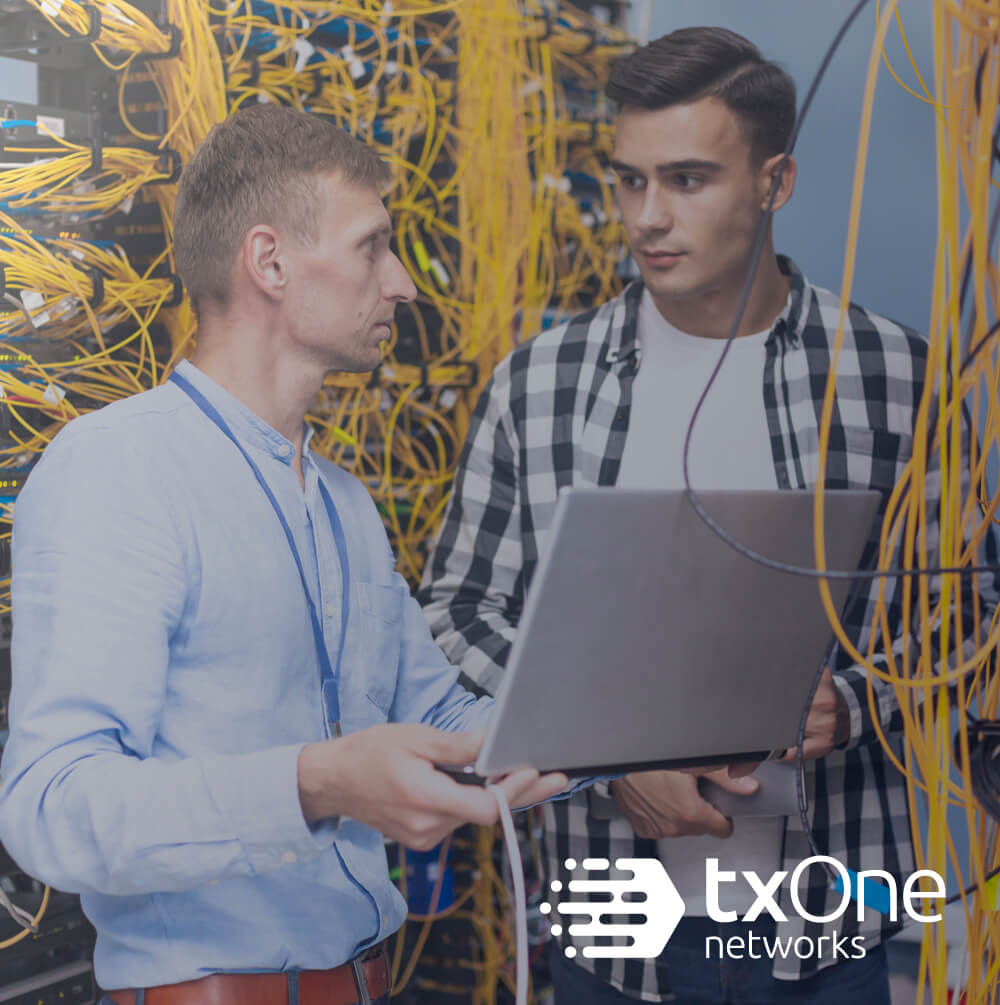



 Duration
Duration  Delivery
Delivery  Price
Price